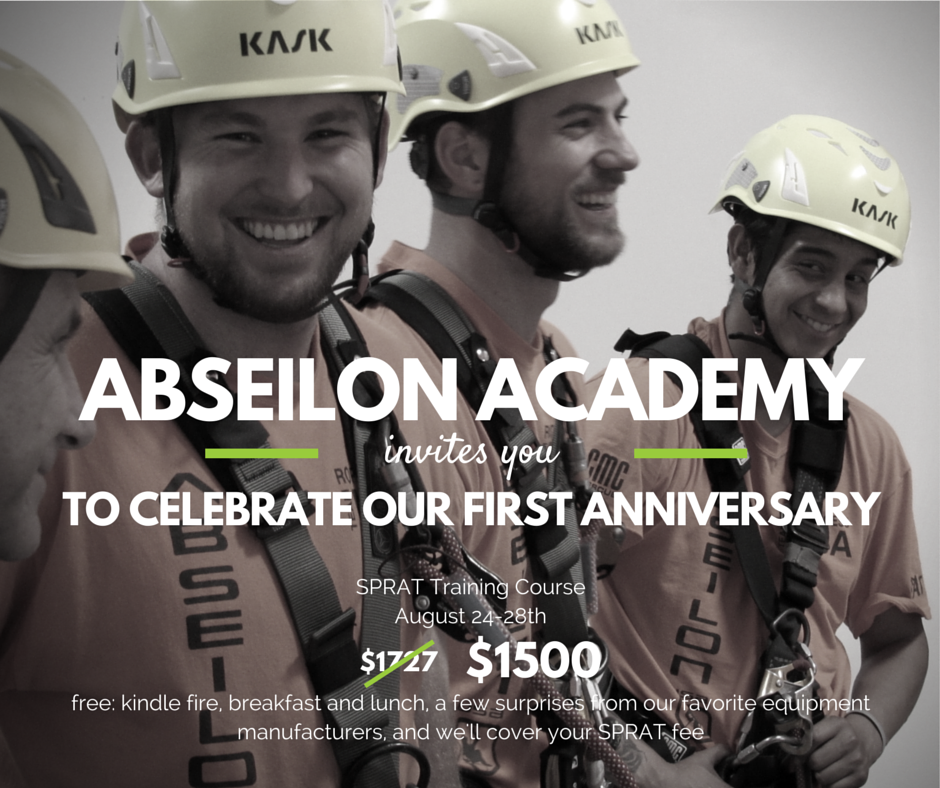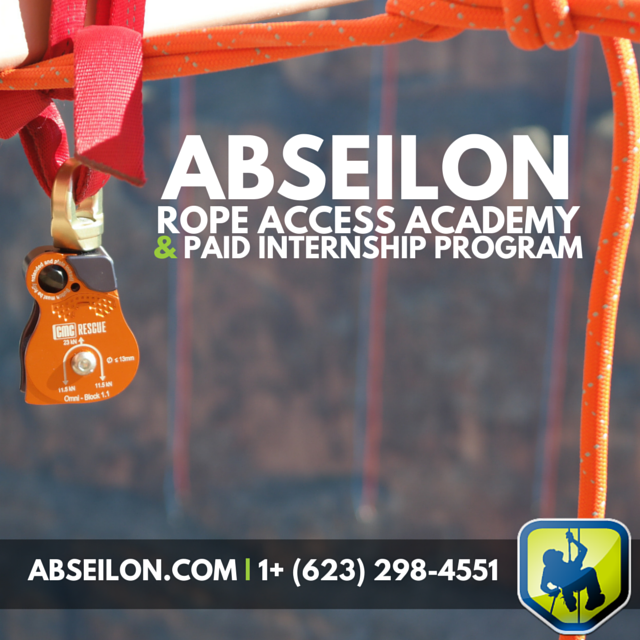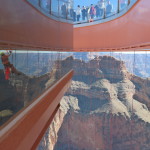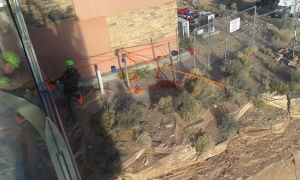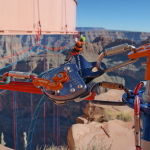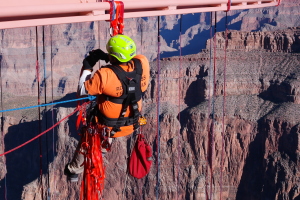
TO MOVE FROM MEDIOCRITY TO GREATNESS,
WE MUST VENTURE OUT
The responses received from the last blog were remarkable; listening to the stories behind the messages from all who took the time to communicate their thoughts and ideas was genuinely inspiring. The result left us with one of the most precious resources: optimism, the optimism that together we can make a difference.
Making a difference in this industry is absolutely possible and within our grasp, and as simple as one important thing: listening.
Now is the time to listen to the opinions, concerns and input of peers within the industry. The last article granted us this ability, and it has been invaluable.
The point of An Uncontrolled Descent: The Free-Fall of the Rope Access Industry was to question the current system of the 40 hour course and gather the thoughts and ideas of those within the industry so that together there is a path forward for the betterment of the industry.
https://www.abseilon.com/an-uncontrolled-descent-the-free-fall-of-the-rope-access-industry/
Those who commented and voiced their opinions about the article produced opportunities to explore different approaches to solve the issues we are facing as an industry. Although there was an array of ideas, we did notice a trend in the comments we received. The majority of responses, from a cross-section of the rope access community, shared the idea of an apprenticeship as a path forward and a need for additional training provided to those individuals entering the industry.
Why Apprenticeship is Right for Rope Access Certification
According to the US Department of Labor, Registered Apprenticeship is a tried and true approach for preparing workers for jobs, and meeting the business needs for a highly skilled workforce. This reason alone makes sense for Rope Access certification; it works for the industry and develops a skilled workforce. Feedback from the most recent blog recommended raising the bar for skill requirements and properly enforcing those requirements, followed by a sponsorship with a contract. In essence, this defines an apprenticeship, and we could not agree more that this is the most appropriate path to take.
Here are the Components of a Registered Rope Access Apprenticeship
- Business Involvement. In short, employers need to be a part of the apprenticeship design process. In order for the program to be a success, businesses, business owners and hiring managers must play an active role about their wants and needs for future employees.
- Structured, On the Job Training. Every sanctioned apprenticeship revolves around this concept, and a rope access apprenticeship should be no different.
- Related Training and Instruction. Rope access in itself is not a trade, but a means of physical access to perform a trade. An apprenticeship in rope access would require education partners to assist in training apprentices in trades to perform while on line.
- Reward for Skills Gained. Apprentices receive increases in pay as skills and knowledge increase. Progressive wage increases reward and motivate apprentices as they advance through training.
- National Occupational Credential. Every graduate of a registered apprenticeship program receives a nationally recognized credential.
It’s time to make a difference. Encourage a discussion on the subject with your peers and above all, listen.


